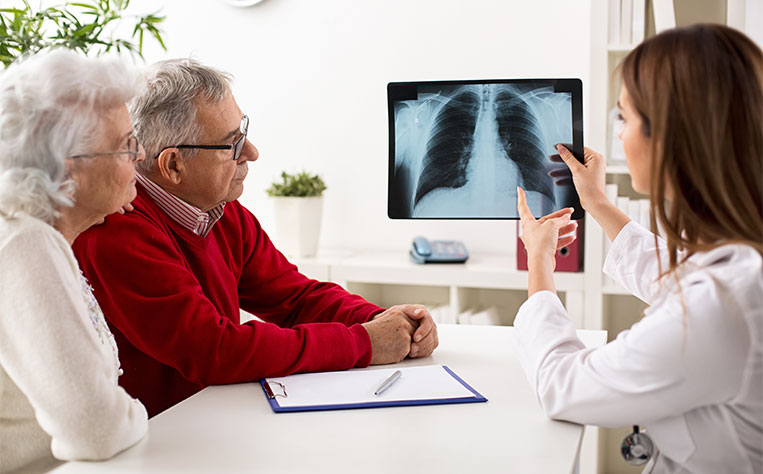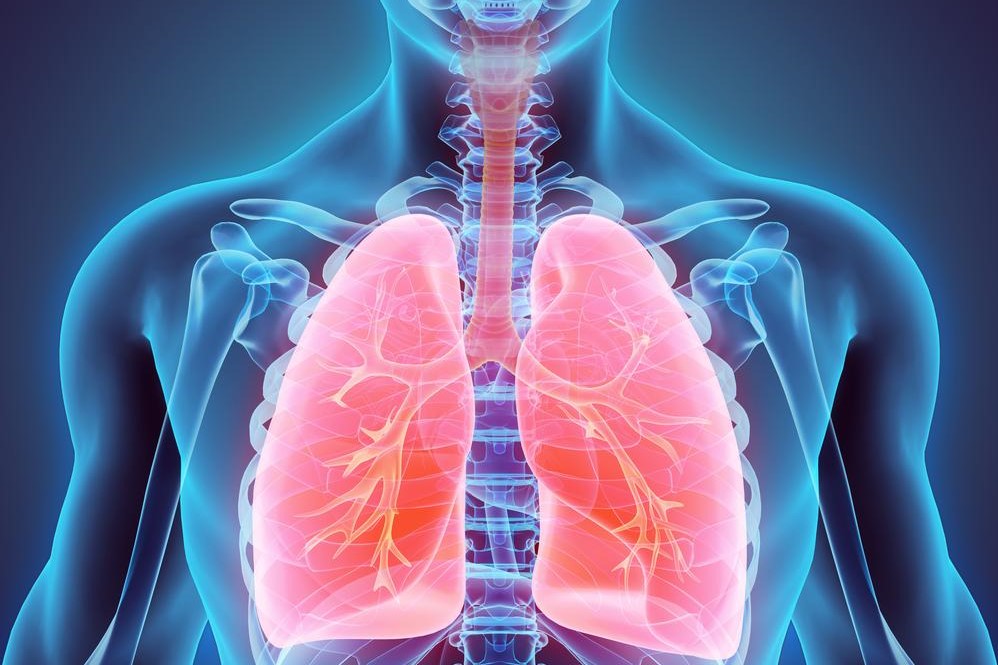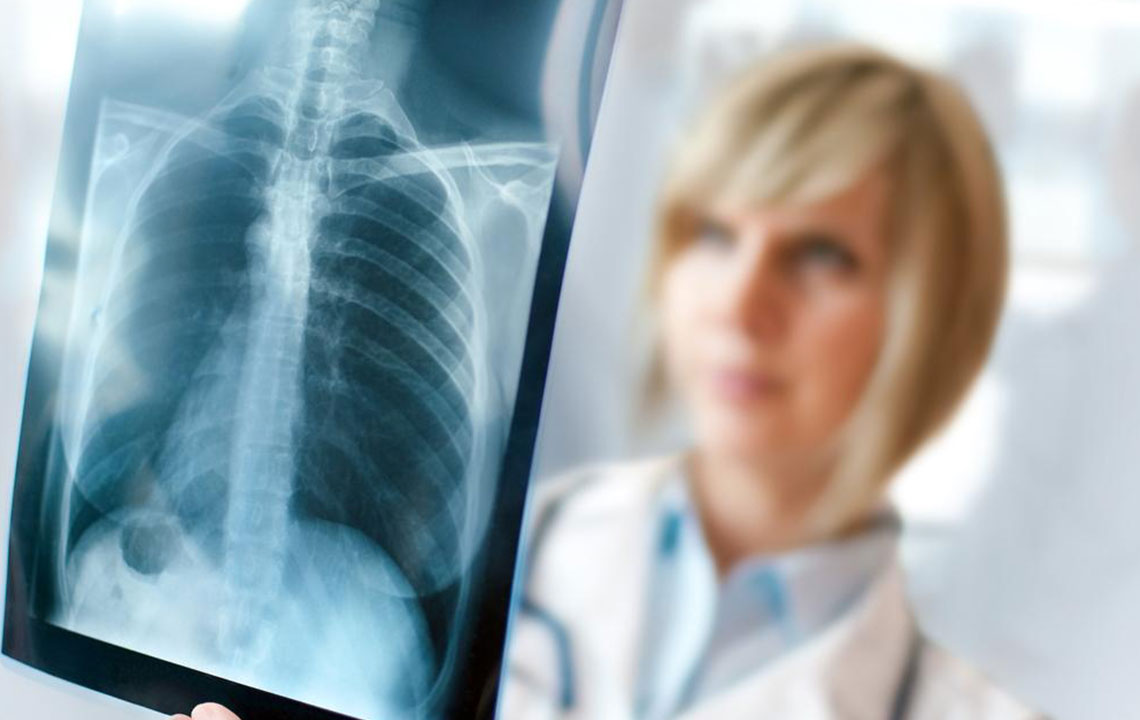Understanding Lung Cancer: Stages and Treatment Approaches
This comprehensive overview explains the different types and stages of lung cancer, emphasizing the importance of early detection and highlighting various treatment options like surgery, chemotherapy, radiation, and immunotherapy. It aims to inform patients and caregivers on how lung cancer progresses and the best strategies for management at each stage. Awareness of these details can facilitate timely medical intervention, potentially improving outcomes and survival rates.

Understanding Lung Cancer: Stages and Treatment Approaches
Lung cancer remains one of the most severe forms of cancer due to the lungs' large size, allowing tumors to develop unnoticed for long periods. Common symptoms include coughing and fatigue, but these alone aren't sufficient for early diagnosis. There are two primary types: non-small cell lung cancer and small cell lung cancer. The disease’s progression depends on whether it remains localized or spreads beyond the lungs, affecting organs and lymph nodes.
Early detection of lung cancer significantly improves treatment success rates. Patients have access to diverse therapeutic options, which vary based on the cancer type and stage. Here’s an overview of the two main lung cancer forms, their stages, and impact on patients nationwide.
Non-small cell lung cancer
Making up about 85% of lung cancer cases nationwide, non-small cell lung cancer (NSCLC) includes subtypes like adenocarcinoma, the most prevalent, followed by squamous cell carcinoma (25%) and large cell carcinoma (10%).
Stages of NSCLC
Stage I:
Cancer remains confined without involving lymph nodes.
Stage II: Cancer begins spreading within the lungs and nearby lymph nodes.
Stage III: Known as locally advanced disease, it involves the central chest area, mediastinal lymph nodes, and lung tissue. It divides into two subtypes:
Stage IIIA: Spread to lymph nodes on the same side of the chest.
Stage IIIB: Spread to lymph nodes on the opposite chest side or above the collarbone.
Stage IV: The most advanced stage, with cancer spreading to other organs such as the liver, brain, or bones, and accumulating fluid around the lungs.
Treatment options
Surgical removal: Effective in stages I and II, where surgeons remove the tumor or affected lung segment.
Chemotherapy and radiation: Post-surgery chemotherapy is recommended, especially for stages II and IIIA. For inoperable tumors in stages III and IV, chemo and radiation are primary treatments.
Immunotherapy: A promising approach utilizing the immune system to target cancer cells and strengthen infection resistance.
Small cell lung cancer
Accounting for about 15% of lung cancers, small cell lung cancer (SCLC) tends to spread faster but responds well to chemotherapy.
Stages of SCLC
Limited stage: Confined to one lung and nearby lymph nodes.
Extensive stage: Cancer has spread beyond the initial area to other parts of the chest and body.
Treatment strategies
Chemo and radiation: Chemotherapy is vital across stages. Limited stage benefits from chemo combined with radiation, whereas extensive stage is primarily treated with chemotherapy.
Surgery: Suitable for limited stage without lymph node involvement, followed by chemo to improve outcomes.
Early diagnosis remains crucial for effective lung cancer treatment. The difficulty lies in detecting it early, but exploring available therapies and consulting a healthcare provider can lead to better prognosis.










